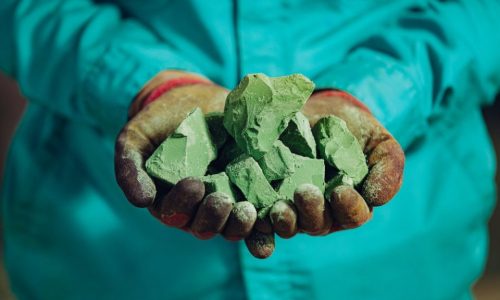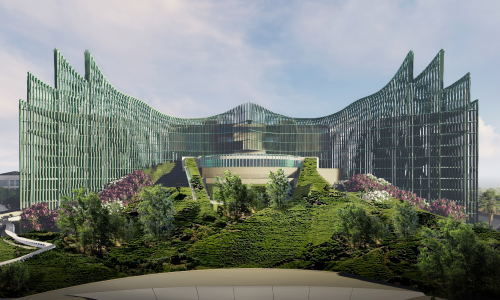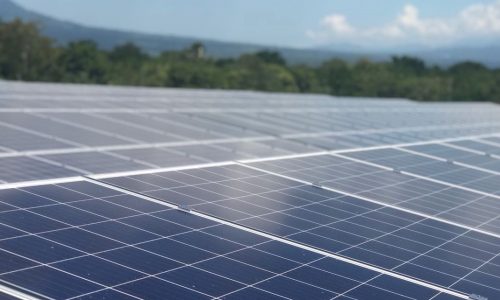Anambas Islands is famous for its coral reefs, fish and other sea creatures. The small archipelago in the north of Batam – bordering Indonesia and Singapore – is well known among scuba divers. With over 200 islets, this pristine area is named by CNN as Asia’s Top Five Tropical Island Paradise in 2012.
However, only a few know the real potential of the islands especially the unexplored abundant oil and gas resources.
Abundant oil and gas reserves
Anambas Islands Regent Abdul Harris cited data from local administration that there were 298.81 MMBO (million barrels oil) in oil reserves, which was Indonesia’s fourth largest. The islands also have 55.3 TSCF (trillion standard cubic feet) in gas reserves.
“Anambas has oil and gas resources managed by foreign and domestic companies,” he said.
The neighboring Natuna Islands regency had started the oil and gas exploration. Italian oil company Agip first studied before exploring oil and gas in Natuna in 1979. In 2000, a British oil and gas company Premier Oil signed a contract to export 675 standard cubic feet (scf) of gas per day from Natuna Sea Block A in Anambas waters to Singapore.
On average, Premier Oil, which Harbour Energy Plc later acquired, produced 140 Mmscfd (million standard cubic feet per day) in 2011. Some 100 Mmscfd are supplied to the Singaporean market and 40 Mmscfd to state-owned electricity company PT PLN’s gas-fired power plant in Batam. There are currently four oil and gas companies operating in Anambas, including Conoco Philips, Premier Oil, Star Energy and PT PAN.
According to Harris, the abundant oil and gas reserves on the island of Anambas are yet to be discovered. The oil and gas industry finds new substantial resources every year. There is an opportunity in the downstream oil and gas industry as they have not utilized gas from blocks in Anambas.
“They use Anambas as a transit point,” he explained.
Untapped fishing industry
The abundant fishing industry in Anambas remains untapped. A total of 98.65% of the regency area is the ocean. It has 46,664.14 square meters of land. With only 1.35% area is land, the regency is rich in fishery resources.
Fishery offers investment opportunities in aquaculture and catch, according to Harris. Breeding grouper and Napoleon fish were bred in an aquaculture area with 9,437 hectares of land in Paltamak, East Siantan and Central Siantan districts. The people of Anambas are currently farming Napoleon fish, which they sell to Hong Kong. Two ships from Hong Kong pick up the fish once a month. One Napoleon fish weighing 8 to 9 ounces costs IDR1 million.
Fishing industry can produce 50 tons per week, and there can be hundreds of tons per year in the capture fish industry. Data from the government indicates that Anambas can catch one million tons of fish a year. There is untapped potential in the capture fish industry such as cold storage, processing industries like canning and filleting, biotechnology and other fishery infrastructures like fish ports, clean water, etc.
According to Harris, there is no fish processing industry in the regency. The fish are sent to Tanjung Pinang, Batam, Jakarta and Kalimantan. Meanwhile, higher quality fish are being sold to Singapore.
Pristine paradise awaits visitors
Anambas has long been known as a tourist destination although it has yet to reach popularity like Bali. Coastal landscapes, seascapes, water pools and even the seabed are awaiting visitors to explore them.
Surfing, bicycling, rock climbing and beach volleyball can all be done along the coast, aside from other activities such as swimming, fishing, boating, sailing, surfing and parasailing. People can also dive underwater.
Anambas has 70 destinations, including beaches and forests, that have attracted several investors. Unfortunately, the COVID-19 pandemic hit hard the tourism in the islands.
“I hope investors resume their business after the pandemic since some places have already begun studies, planning and construction,” said Harris.
Tourism is hindered by the lack of adequate infrastructure, including airports. Two airports are currently operating in Anambas. An airport with a 1,100-meter runway is located on Mata Island for oil and gas workers. Meanwhile, Jemaja Island has a 1,400-meter runway as the second airport.
According to Harris, Anambas needs runways with at least 2,000 to 2,500 meters long to accommodate commercial flights.









